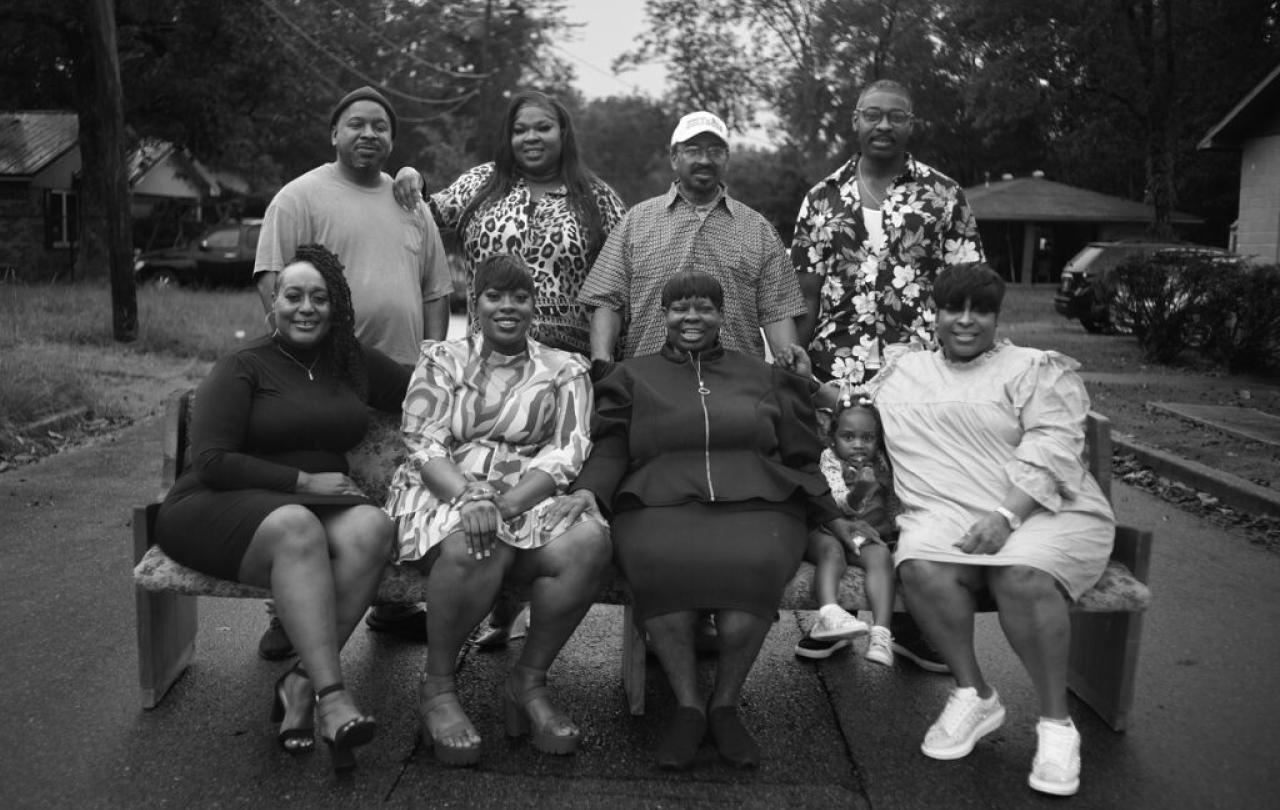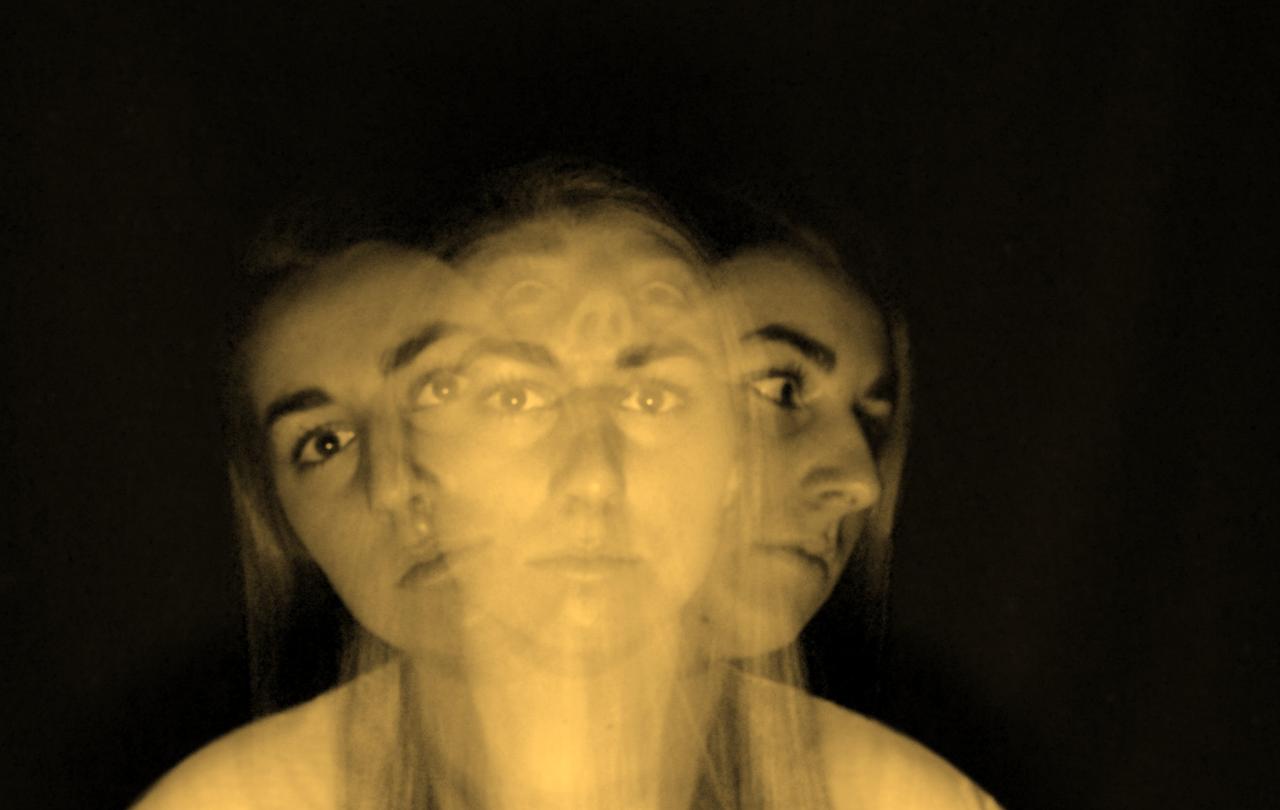
They say that good things come to those who wait. Annie Caldwell is someone who has experienced the truth of that proverb.
The album she and her siblings (known as the Staples Jr. Singers) made and paid for themselves in 1975 sold only a few hundred copies but, when reissued in 2022, was received as a stone-cold classic and led to the recording of a second album 49 years after the first. Now, her other group, Annie and the Caldwells, have released their major label debut to rave reviews, 30 years after they first began performing.
Annie Brown was 11 when the Staples Jr. Singers was formed in honour of Pops and Mavis Staples of the famed Chicago soul-gospel group, The Staples Singers. The siblings gained popularity at churches and functions throughout the American South and Midwest, being mentored by Mississippi greats like Lee Williams and Spiritual QCs.
Back then, the South was desegregated on paper but not always in practice. Their parents found refuge and support in the church against the backdrop of an unwelcoming town (and nation), while the children found refuge and a greater purpose in life in the music. They were influenced by what they saw - the backlash after desegregation, Civil Rights - and wrote music with messages of community and social justice. “All the songs we were singing about,” said Annie’s brother Edward Brown, “We were going through it.”
The Staples Jr. Singers got to make a single record together, one which, because of its rarity, became coveted by gospel soul collectors: When Do We Get Paid. They paid for the record themselves and pressed a few hundred copies, selling most of them on their front lawn to their neighbours. On its re-release in 2022, The Guardian called their socially conscious gospel album “Powerful,” and UNCUT said that it was “music that deserves your attention.”
As a result, the Staples Jr. Singers finally had their time in the sun, including multiple European tours. Annie spoke then about being able to “do many things that we didn’t get the chance to do in the beginning of life … Because the time and money wasn’t there. It all came late, being in our sixties now—but it looks like it’s just beginning, you know? Life is just beginning for us.” She concluded that: “God has blessed us and opened up doors that we couldn’t even see,” and said that, “If I can help just one person, I know that I’m not singing in vain.”
They play a powerful disco soul and delivering energetic and moving musical testimonies that blend the fiery sounds of gospel with the slow groove of soul.
One warm evening in October 2023, the family gathered in a single-room church in West Point, Mississippi, called The Message Center to record their second album Searching. There, across the street from Annie’s house, they played songs they had written nearly fifty years before and did so together with four generations of their musical family. The original three Staples Jr. Singers, Edward, R.C., and Annie, were joined by some of the new vanguard: Edward’s son Troy on backing vocals, R.C.’s son Gary on bass, and R.C.’s grandson Jaylin on drums. “It was good to be able to go back,” said Annie, “and look back over our life. Some of the same songs that we had sung, those songs have a new meaning to me.”
“The process was very easy,” said producer Ahmed Gallab, who performs as the artist Sinkane. “There’s nothing like a family bond/band. It was so special to watch how locked into each other everyone was. You can hear and feel that on this record.” He concluded: “I feel like I was able to witness part of this family’s continued story and legacy in real time. That was a very special thing to witness.”
Annie and the Caldwells is also a family band, being led by Annie and her husband of the last fifty years Willie Joe Caldwell, Sr. (who plays guitar). Annie says, “My family is my band”: she is backed by their daughters Deborah Caldwell Moore and Anjessica Caldwell and goddaughter Toni Rivers; their eldest son Willie Jr. Caldwell is on the bass and youngest son Abel Aquirius Caldwell is on the drums.
Annie traces the genesis of the band back to the moment she heard her daughters sing at a talent show: “They were really good. I said, ‘Let me get those girls before the devil gets them!’ Because I was raised up in gospel, so I think you should use what the Lord gave you for good. I decided to raise them with the values my father taught me – singing for the Lord.”
They generally play on weekends, so for their day jobs Willie Jr. drives a forklift, Abel Aquirius drives hospital patients, Anjessica works in customer care for an insurance company, Toni is an elementary school teacher, and Deborah does hair. Annie runs a clothing store on Main Street called Caldwell Fashions, which has been a beloved staple for women dressing for COGIC (Church Of God In Christ ) convocations and anniversaries since the 1980s.
Prior to the latest album, they released two albums under Ecko, a renowned soul and gospel label from Memphis. Influenced by The Gap Band, Chaka Kahn, and Bootsy Collins, they play a powerful disco soul and delivering energetic and moving musical testimonies that blend the fiery sounds of gospel with the slow groove of soul. Their music embodies the full power of gospel – the very kind The Message Center, where the family regularly performs, experiences on a weekly basis. The Message Center is also where Joe plays guitar every other Sunday, and where his father used to be a deacon.
Like Searching, Can’t Lose My (Soul) was also recorded at The Message Center and produced by Gallab. He has said of the recording session: “Hearing Annie’s voice for the first time was like witnessing something rare. Like you’re in the presence of a force of nature that’s been here long before you. It’s visceral, almost like it’s coming from her soul. You can feel every part of her life, every little piece of her journey, in each note she hits. It’s pure talent: no effort, no pretense, just real and raw.”
In his five-star review of the album for The Guardian, Alexis Petridis wrote: “These are great, powerful, moving songs, made all the more potent by the fact that they’re recorded live, without an audience, in a church … their message is ultimately one of hope. You don’t need to share the Caldwells’ faith to find something powerful and inspiring in that, particularly given the current climate, which can easily incline you towards hopelessness …”





